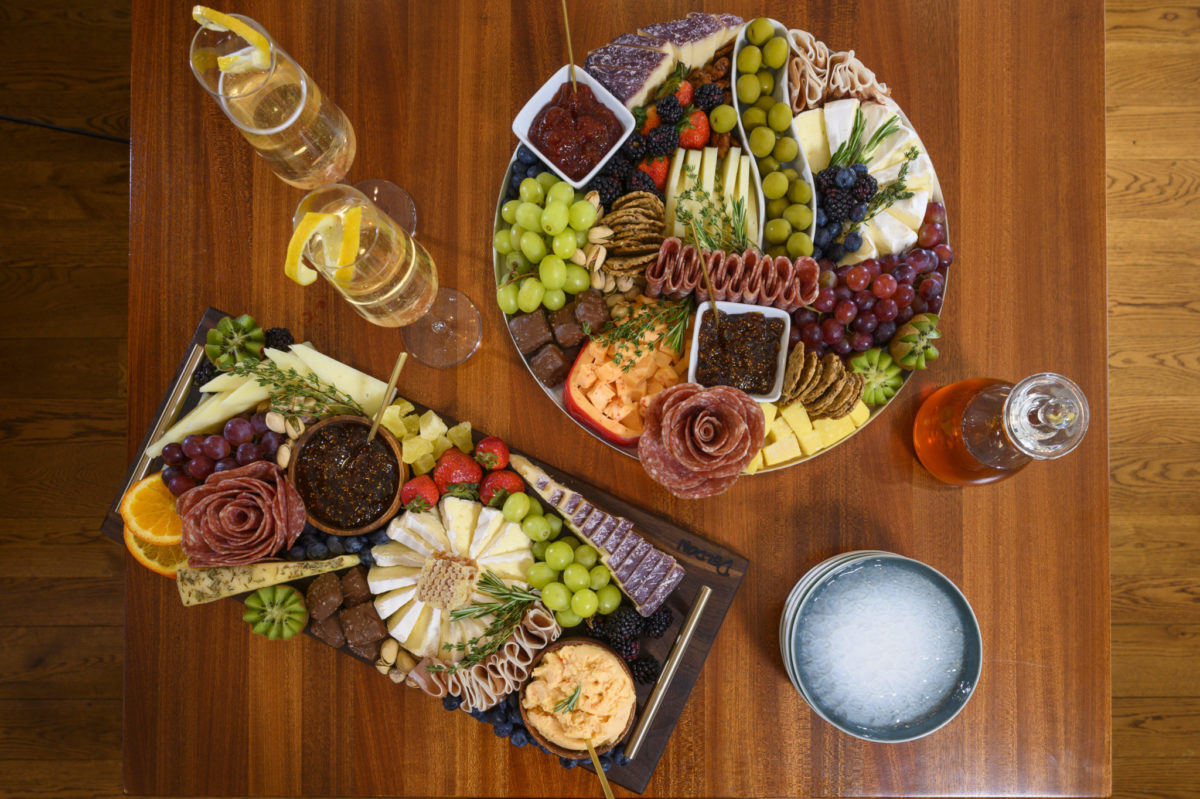Businesses cater to customers who love “new”-fashioned charcuterie
At least three days a week, Jillian Harris arranges roses for home delivery. But the Newark resident isn’t working with flowers. She uses salami slices to craft edible petals.
Harris is the owner of The Cute in Charcuterie, which assembles meat, cheese, fruit, sweets and condiments in an aesthetically pleasing tableau.
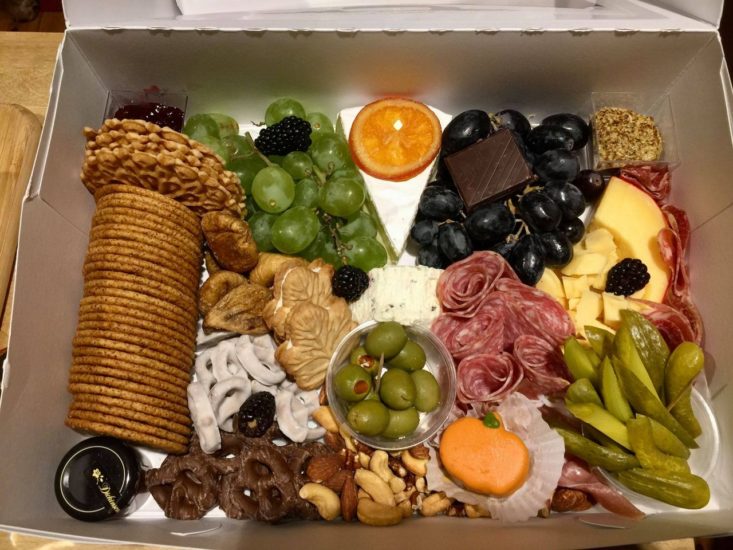
The business isn’t the only cottage industry that’s making dough selling meat and cheese. Last year, Luxe Charcuterie and First State Charcuterie opened. Beyoutifully Boarded recently launched in Middletown.
To be successful, these companies must do more than place noshes in a box or on a wooden board. “People don’t realize how much time it takes to make the [arrangement] look pretty,” Harris says. “It has to be visually appealing.”
Although charcuterie is a popular appetizer or even a light meal in the U.S., the term refers to a practical branch of French cookery. Both incarnations, however, involve artistry.
Classic Cooking
Google “charcuterie” and you will see full-color photos of elaborate meat-and-cheese boards. But charcuterie originally focused on meat, not cheese. Think sausage, ham, terrines, galantines, pâtés and confit.
“The French are serious about charcuterie and its rich history and tradition,” says Ross Essner, executive chef at the Columbus Inn in Wilmington. No doubt they would turn up their noses at the items we call charcuterie, he adds.
Classically trained chefs in Delaware also hold fast to the old ways. Take Bill Hoffman, who with his wife Merry Catanuto owns the House of William & Merry in Hockessin. Charcuterie was born out of necessity, he says. When there was no refrigeration, cooks found ways to preserve meat and store it in a cold cellar for months.
Charcuterie uses every possible scrap. At the Columbus Inn, the kitchen has made rillettes from salmon bellies, and chicken or duck thighs are cured in fat.
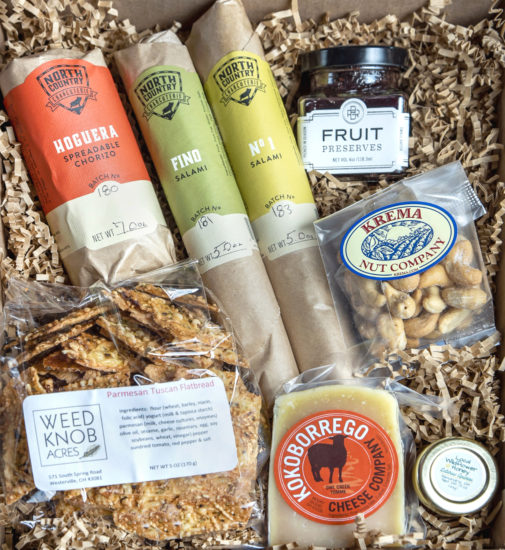
“People found different ways of curing, smoking and manipulating those cuts,” Hoffman says. “It wasn’t just jerky. It was beautiful things that tasted delicious.”
Preparing such foods requires butchery skills and more than a little chemistry know-how. Humidity and temperature play a part. Time is another factor. Some dishes take up to eight days or more to make, Hoffman says. As a result, many culinary schools no longer emphasize what’s become known as the “cold” part of the kitchen.
“It isn’t taught that much anymore,” he acknowledges. “It takes years to master that kind of cooking.” He puts young cooks on charcuterie duty to sharpen their skills.
The savvy diner values true charcuterie. “The appeal of classic charcuterie is that it is something you can’t create at home,” Essner explains. “People are intrigued by and revere the transformation of a pork shoulder into a lovely pâté or a duck liver into a decadent, silky foie gras terrine.”
When he hears “charcuterie,” he pictures herbaceous duck rillettes paired with thinly sliced French ham and chunks of hard garlic sausage. On the side: cornichons, mustard and olives — items that provide a sharp contrast.
Most consumers, however, picture a shareable plate of meats, cheese and other snacks, such as nuts, crackers, olives and jams.
“I’m completely fine with that,” Essner says. “If the exposure adds to the joy of eating, then I say, ‘So be it.’”
A Boom in Boards
Like sourdough bread, charcuterie displays became a frequent refrain on Instagram and Facebook feeds during quarantine. (The food is typically arranged on boards, many of which have a handle.)
Mar’y Hynson got hooked on charcuterie after using online photos to create a Halloween board. Her friends and family encouraged her to start Beyoutifully Boarded.
Hynson joins Siam Fisaha, who started Luxe Charcuterie in June 2020. Fisaha, a seasoned traveler, first sampled a plate of cured meat and cheeses in 2019 while in Spain. Back home, she began plating similar ingredients for her family, and, with practice, her skills developed.
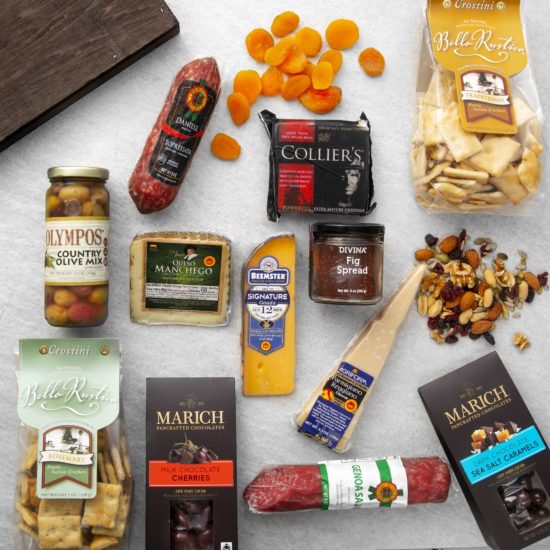
By the time the 2020 holidays rolled around, Fisaha was delivering more than 100 boxes a week. She has expanded her delivery service from Wilmington to now include Middletown, Delaware City and parts of Southeastern Pennsylvania, including Avondale.
Harris and her husband were no strangers to smoked meats and cheeses. They regularly purchased the items in grocery stores for Sunday snacking. “We’ve been doing that for years,” she recalls.
Needing a creative outlet during the pandemic, she began making more elaborate boards for friends to eat at socially-distanced events. She started the cleverly named Cute in Charcuterie in August 2020.
“It’s been really picking up a lot of steam lately,” she says of the orders. She works full-time as a manager but says her side business’s income has potential. “I definitely am making more than I thought I would.”
Downstate, Jenna Bullock started First State Charcuterie in October 2020. “I had been making charcuterie displays for years,” she says. “After several friends and family members asked me where I purchased them, my husband and I thought we might be onto something.”
In February 2021, she left her corporate job to work on the business full time.
To Market, To Market
Clearly, these businesses have a niche. Fisaha has delivered boxes for housewarming gifts, birthday celebrations and baby showers. She’s also filled orders for corporate gifts.
The concept also lends itself to holidays. For instance, Fisaha offered a “spooktacular” Halloween-themed party platter for $45. On Valentine’s Day, Harris partnered with Painted Stave, a distillery in Smyrna, to offer charcuterie and cocktails. She was ecstatic when they filled 100 orders. Getting into wineries and breweries is the next step, she says.
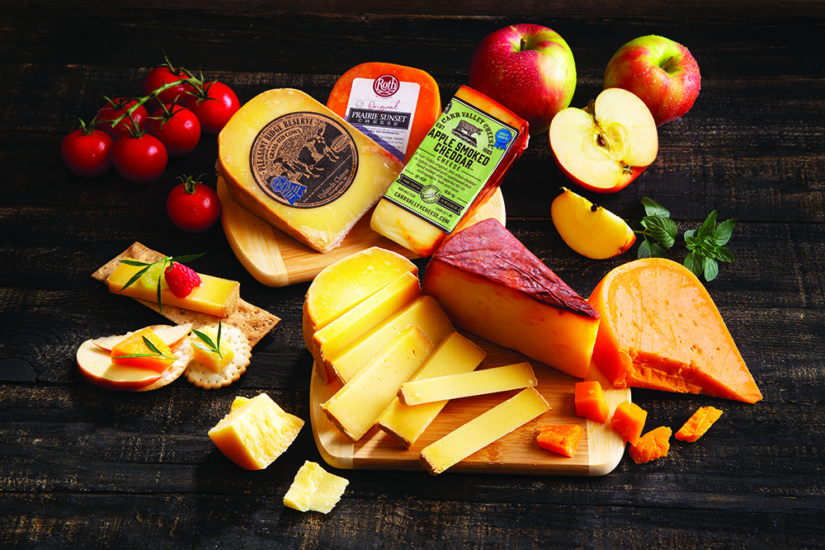
Hynson received one St. Patrick’s Day order for “anything green,” such as olives, pickles, green peppers and shamrock-shaped cookies.
Along with meat and cheese, these businesses are selling convenience, Bullock adds. Customers don’t need to make an appetizer tray or shop for a gift.
As to the ingredients, the owners take allergies and preferences into account. The St. Patrick’s Day client, for instance, wanted no meat. Hynson has used turkey-based products — including turkey salami and pastrami — for customers who don’t eat pork.
Bullock typically includes olives, dried plums, apricots, fresh and seasonal fruits, nuts, gherkins and, on occasion, vegetables. Harris is known for her tomato-and-mozzarella skewers. Most boards include something sweet, such as macaroons, wrapped Ghirardelli chocolates or salted caramels.
When Harris first started her business, it took her more than an hour to arrange a board to her satisfaction. “I was focused on getting it right and having it look good,” she explains. Indeed, any charcuterie worth its price will prompt customers to pull out their cameras.
“We really create a masterpiece with each box and display,” Bullock maintains. “We love to pack our boxes with a variety of options so that the customer can literally create their own combinations and play around with their palate.”
The Cute in Charcuterie
302-722-7319
Luxe Charcuterie
302-358-8932
First State Charcuterie
First-State-Charcuterie.Square.Site
Beyoutifully Boarded




